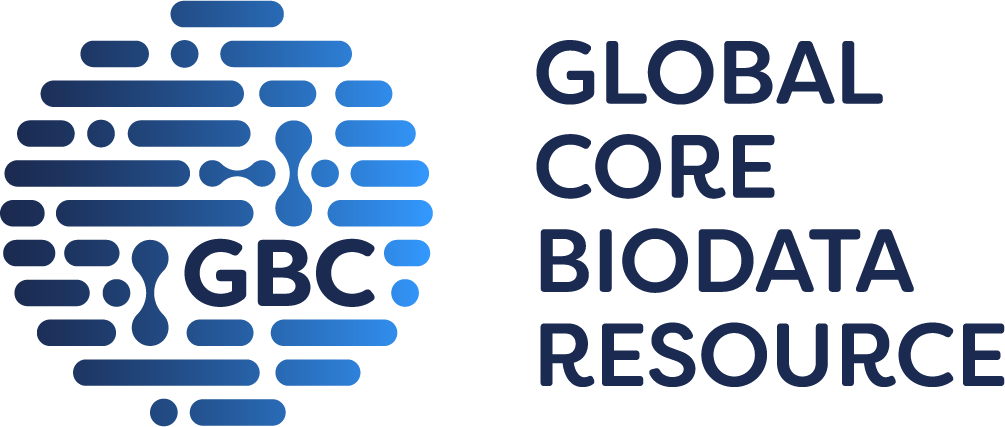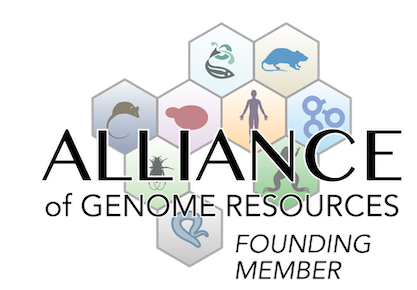immune system
| N |
• mice exhibit normal thymus, lymph node and spleen development with no significant differences in the frequencies of immune cell subsets relative to wild-type controls
• when isolated splenic CD11b+ monocytes are co-cultured with CFSE-labeled TCR Tg CD4+ T cells specific for pOVA323-339 and activated for 72 h in the presence of peptide, CFSE dilution analysis indicates normal T cell proliferation in response to the ovalbumin peptide; cytokine secretion is not significantly altered, despite a propensity towards a Th2 phenotype with lower Th1 and Th17 cytokine production
• ex-vivo challenge of lymph nodes explanted from mice immunized with pOVA323-339 in complete Freunds adjuvant (CFA), indicates normal T cell proliferation, as determined by Ki-67 staining
• phagocytosis by neutrophils and cytokine production from splenic myeloid cells in response to lipopolysaccharide (LPS) appears unaffected
|
|
• after i.v. injection of clodronate liposomes, peripheral CD115+ monocytes are ablated from blood at 24 h post-injection, as expected; however, the percentage of CD115+ cells returns to its baseline by 10 days post-injection, never attaining that of wild-type controls, suggesting impaired release of monocytes from the BM into the circulation
• although monocyte release from the BM is enhanced during EAE, the percentages of total CD115+ monocytes, CD11b+ Ly6Chi inflammatory monocytes, and CCR2+ inflammatory monocytes remain lower during peak EAE (day 20) and upon euthanasia (day 38)
|
|
• percentage of CD4+ T cells is moderately but significantly increased in peripheral blood
|
|
• total white blood cell (WBC) count is moderately but significantly decreased in peripheral blood
• however, percentage of B220+ B lymphocytes in peripheral blood is normal
|
|
• percentage of CD11b+Ly6G+ neutrophils is significantly decreased in peripheral blood
|
|
• during steady state, total CD115+ circulating monocytes are significantly reduced in peripheral blood
• after i.v. injection of clodronate liposomes, peripheral CD115+ monocytes are ablated from blood at 24 h post-injection, as expected; however, the percentage of CD115+ cells remains significantly lower at all subsequent time points, returning to its baseline by 10 days post-injection, never attaining that of wild-type controls
• although monocyte release from the BM is enhanced during EAE, the percentages of total CD115+ monocytes remains lower during peak EAE (day 20) and upon euthanasia (day 38)
|
|
• percentage of CD11b+ Ly6Chi inflammatory monocytes is significantly decreased in peripheral blood
• among peripheral CD11b+ Ly6Chi monocytes, the percentage of CCR2+ cells expressing C-C motif chemokine receptor 2 (critical for advancing inflammation) is significantly decreased
• however, the total number of bone marrow (BM) cells and percentage of CD11b+ Ly6Chi cells in the BM is normal
|
|
• purified T cells activated with plate-bound anti-CD3 plus anti-CD28 for 3 days exhibit reduced secretion of proinflammatory cytokines and increased production of IL-4, suggesting a propensity towards Th2 differentiation
• however, activated T cells proliferate normally
|
|
• ex vivo, lymph node cells from mice immunized with pMOG35-55 in CFA and stimulated for 3 days with pMOG35-55 or anti-CD3 show a significant decrease in IFN-gamma secretion
• purified T cells activated with plate-bound anti-CD3 plus anti-CD28 for 3 days show an ~40% drop in IFN-gamma secretion 48 and 72 h after activation
|
|
• ex vivo, lymph node cells from mice immunized with pMOG35-55 in CFA and stimulated for 3 days with pMOG35-55 or anti-CD3 show a significant decrease in IL-17 secretion
• purified T cells activated with plate-bound anti-CD3 plus anti-CD28 for 3 days show an ~40% drop in IL-17 secretion 48 and 72 h after activation
• however, secretion of IL-10 in purified T cells is normal
|
|
• purified T cells activated with plate-bound anti-CD3 plus anti-CD28 for 3 days show a ~2-fold increase in IL-4 secretion 48 and 72 h after activation
|
|
• after immunization with pMOG35-55/CFA, mice exhibit suppressed EAE development and progression with a marked reduction in incidence (3/10 versus 10/10 in wild-type controls), clinical score, mortality (0/10 versus 3/10 in wild-type controls), infiltration of monocytes/macrophages and T cells and ratio of demyelinated regions in the spinal cord
• when mice are lethally irradiated and then transplanted with BM from knockout donors, EAE progression is suppressed compared with mice that receive BM cells from wild-type donors
• when 2D2 T cells from Tg(Tcra2D2,Tcrb2D2)1Kuch mice are adoptively transferred into irradiated mice, clinical EAE severity is normal in the first phase (mediated by T cells) but significantly decreased in later stages (when monocytes are involved)
|
hematopoietic system
|
• after i.v. injection of clodronate liposomes, peripheral CD115+ monocytes are ablated from blood at 24 h post-injection, as expected; however, the percentage of CD115+ cells returns to its baseline by 10 days post-injection, never attaining that of wild-type controls, suggesting impaired release of monocytes from the BM into the circulation
• although monocyte release from the BM is enhanced during EAE, the percentages of total CD115+ monocytes, CD11b+ Ly6Chi inflammatory monocytes, and CCR2+ inflammatory monocytes remain lower during peak EAE (day 20) and upon euthanasia (day 38)
|
|
• percentage of CD4+ T cells is moderately but significantly increased in peripheral blood
|
|
• total white blood cell (WBC) count is moderately but significantly decreased in peripheral blood
• however, percentage of B220+ B lymphocytes in peripheral blood is normal
|
|
• percentage of CD11b+Ly6G+ neutrophils is significantly decreased in peripheral blood
|
|
• during steady state, total CD115+ circulating monocytes are significantly reduced in peripheral blood
• after i.v. injection of clodronate liposomes, peripheral CD115+ monocytes are ablated from blood at 24 h post-injection, as expected; however, the percentage of CD115+ cells remains significantly lower at all subsequent time points, returning to its baseline by 10 days post-injection, never attaining that of wild-type controls
• although monocyte release from the BM is enhanced during EAE, the percentages of total CD115+ monocytes remains lower during peak EAE (day 20) and upon euthanasia (day 38)
|
|
• percentage of CD11b+ Ly6Chi inflammatory monocytes is significantly decreased in peripheral blood
• among peripheral CD11b+ Ly6Chi monocytes, the percentage of CCR2+ cells expressing C-C motif chemokine receptor 2 (critical for advancing inflammation) is significantly decreased
• however, the total number of bone marrow (BM) cells and percentage of CD11b+ Ly6Chi cells in the BM is normal
|
|
• percentage of CD11b+Ly6C+ myeloid cells is significantly decreased in peripheral blood and, to a lesser extent, in the bone marrow (BM)
|
|
• purified T cells activated with plate-bound anti-CD3 plus anti-CD28 for 3 days exhibit reduced secretion of proinflammatory cytokines and increased production of IL-4, suggesting a propensity towards Th2 differentiation
• however, activated T cells proliferate normally
|
cellular
|
• after i.v. injection of clodronate liposomes, peripheral CD115+ monocytes are ablated from blood at 24 h post-injection, as expected; however, the percentage of CD115+ cells returns to its baseline by 10 days post-injection, never attaining that of wild-type controls, suggesting impaired release of monocytes from the BM into the circulation
• although monocyte release from the BM is enhanced during EAE, the percentages of total CD115+ monocytes, CD11b+ Ly6Chi inflammatory monocytes, and CCR2+ inflammatory monocytes remain lower during peak EAE (day 20) and upon euthanasia (day 38)
|



 Analysis Tools
Analysis Tools